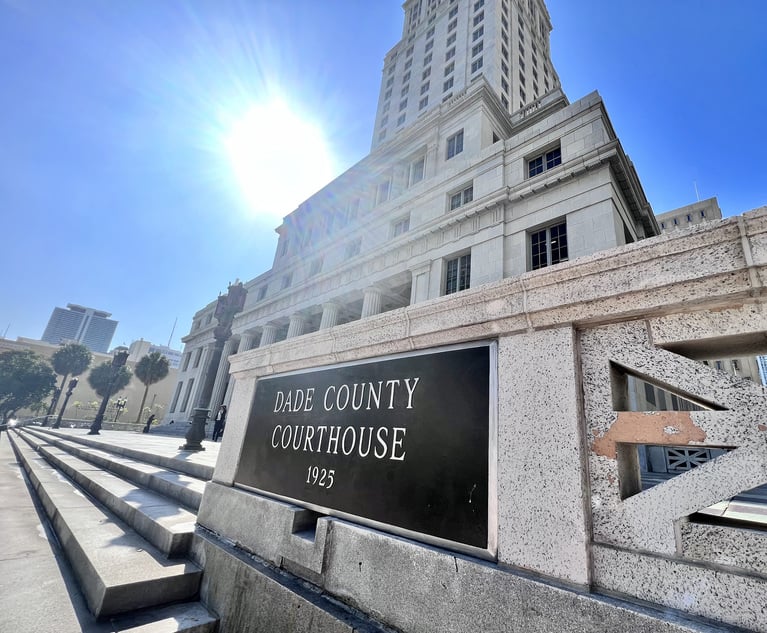For as long as patent litigation has existed, accused infringers have vigorously defended against accusations of infringement by attacking the validity of the patent being asserted. Such pursuits traditionally required accused infringers to prove to a nonexpert jury, by clear and convincing evidence, that other prior art material existed (i.e., inventions that pre-dated the patented invention) such that the patent at issue should have never issued. Such a process was not only inordinately expensive, but it was extremely lengthy, and was riddled with risks of jury and judge confusion. All litigants—patentee and accused infringers alike—dreaded the process, but there was no comparative alternative; that is, until Congress acted in 2011 and passed the Leahy-Smith America Invents Act (AIA). In doing so, a process known as “inter partes review” (IPR) was created to serve as “a quick, inexpensive, and reliable alternative to district court litigation.” This “alternative” to litigation allows a party to ask the US Patent and Trademark Office’s Patent Trial and Appeal Board (the PTAB), a body theoretically much better equipped to evaluate patent validity, “to reexamine the claims in an already-issued patent and to cancel any claim that the agency finds to be unpatentable in light of prior art.” That said, IPRs are not mandatory and the relevant statutory text makes clear that Congress intended for an accused infringer to only be able to pick one path—to wit: IPR or federal court determination of its invalidity defense. Indeed, one court aptly noted, “if you take the IPR route and present your best case to the PTAB, and the PTAB institutes review of a claim, that is your sole opportunity to contest the validity of that claim.” As a result, this new and, theoretically, efficient means of challenging a patent’s validity has been regularly pursued by accused infringers, with nearly 11,000 IPR challenges having been filed as of Nov. 30, 2019.
The Quid Pro Quo
As with most benefits, there are privileges that an IPR challenger must sacrifice in order to pursue the IPR route. Given the goal of streamlining patent litigation, the text of Section 315(e)(2) requires an accused infringer to either pursue its invalidity challenges in district court or before the PTAB via an IPR, but not through both forums. In other words, if an infringer elects the IPR option, it cannot hold a second invalidity challenge in its reserve in case the IPR does not go as hoped. This quid pro quo makes perfect sense. Indeed, the IPR process would otherwise not be an “alternative” at all; instead, it would become an additional step in the litigation process.


 Alexander Brown, managing partner, left, and Scott Smiley, partner, right, of The Concept Law Group in Fort Lauderdale, FL.
Alexander Brown, managing partner, left, and Scott Smiley, partner, right, of The Concept Law Group in Fort Lauderdale, FL.




